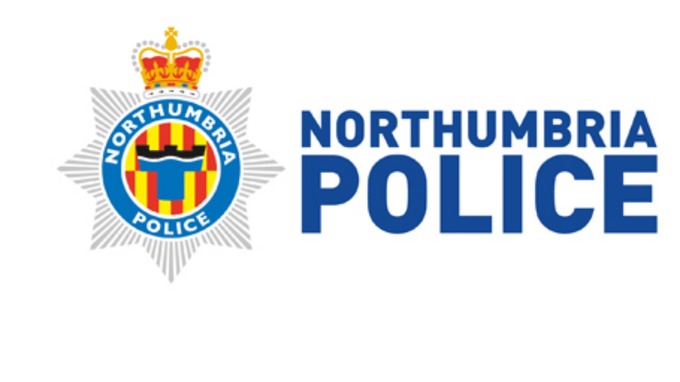Exciting opportunities with wireless tracking
A US police department has successfully piloted new wireless tracking technology that can identify officers locations when they are on patrol.
The Mountain View Police Department (MVPD) in California used the tracking application to locate and follow 20 designated uniformed and plain-clothes police officers during a two-day open-air concert.

A US police department has successfully piloted new wireless tracking technology that can identify officers locations when they are on patrol.
The Mountain View Police Department (MVPD) in California used the tracking application to locate and follow 20 designated uniformed and plain-clothes police officers during a two-day open-air concert.
The officers were equipped with mobile phones that were monitored from a command post set up in the event grounds using the Altus blue force tracking application from Polaris Wireless.
To connect to the tracking system, officers receive a text message on their mobile phone and then decide to opt in or out through the message. Once opted in, commanders can identify the officers movements and location. At the end of the event, those same 20 officers received a second text message to disconnect from the tracking system.
Officer location data collected from the concert was plotted on an aerial view of the venue to identify when and where the 20 officers moved to throughout the day. While the tracking took place, the police departments field commander could look at a screen displaying the aerial view, see where the officers were and make decisions based on their location points. Over the course of the two days, officers made around 100 arrests.
Lieutenant Chris Hsiung of the MVPD said the power of the application to locate officers via mobile devices presented exciting opportunities.
It allows police and other field officers (such as firefighters and emergency medical services technicians) to be tracked when they are out of reach of their patrol vehicles, which typically contain separate GPS (global positioning system) location and tracking capabilities that do not follow an officer after he or she leaves the vehicle.
San Francisco-based Locaid, the LaaS (location-as-a-service) company, provided the officers location information, which was then displayed on the Altus tracking application. This provides a more efficient and less obvious way of tracking an officers location than traditional two-way radio and verbal alerts.
According to Bhavin Shah, Polaris Wireless vice-president of marketing and business development, with further focus on analytics, information gathered from the tracking technology could potentially help police identify crime hotspots. He said if you knew where everybody was at a given time and you overlay that on a crime map, you could make sure that officers were always present in certain areas where crime activity is high based on time of day and day of the week.




